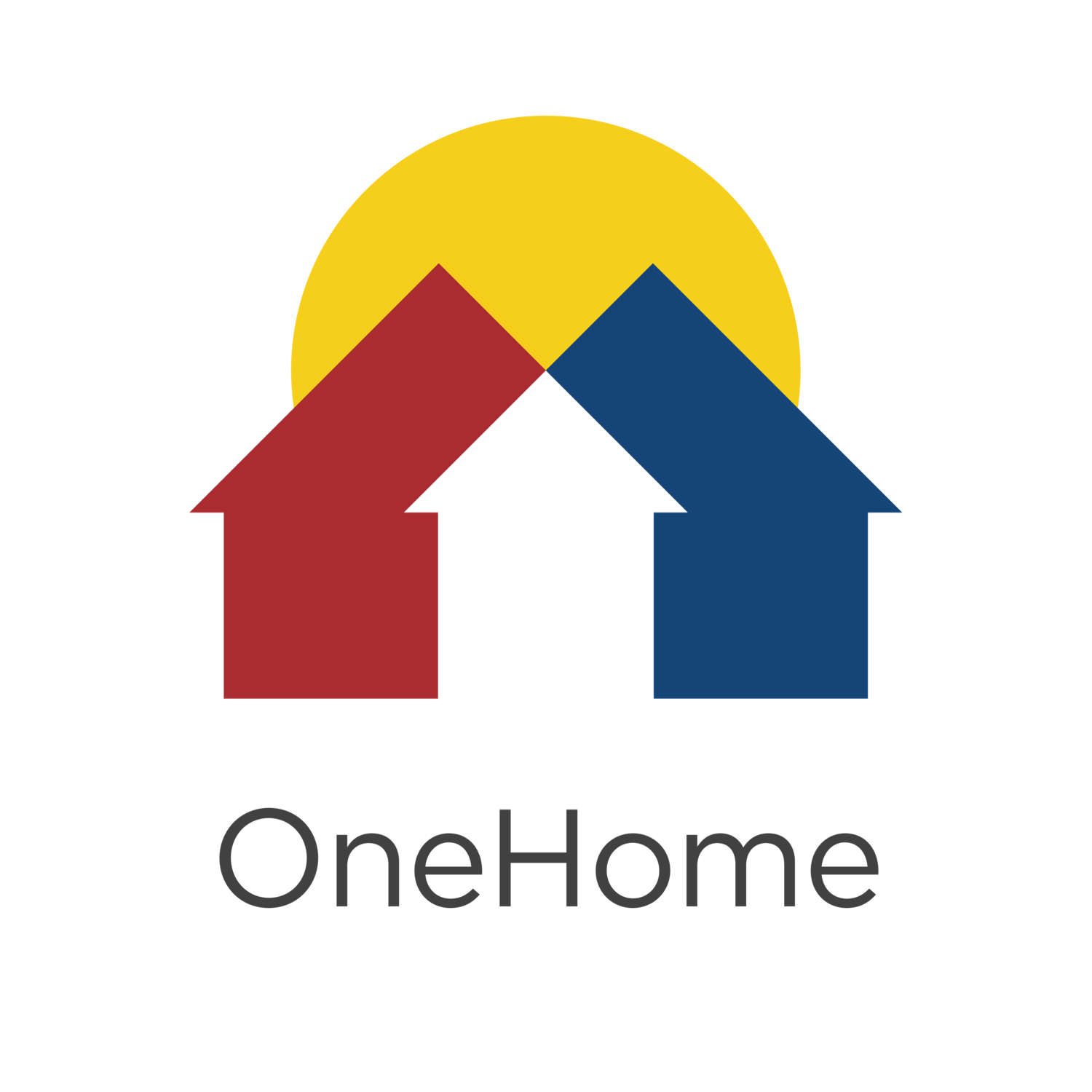Partner with OneHome
OneHome Partners support and house people experiencing homelessness in metro Denver through our Coordinated Entry System. We serve clients in Arapahoe, Adams, Boulder, Broomfield, Denver, Douglas, and Jefferson Counties.
Partner Agencies
Each community partner has an Agency Liaison to keep staff updated on OneHome policies and procedures, help with client navigation, and communicate between their agency and OneHome.
Assessors
Case managers and service providers measure client vulnerability using the VI-SPDAT, which OneHome uses to dynamically prioritize clients in the community queue. Assessors complete training for OneHome and HMIS.
Housing Providers
Housing Providers partner with OneHome to submit vacancies and available resources in HMIS. Once a household is matched through the Prioritization and Referral process, Housing Providers work with the household and other service providers in the community to outreach and engage the household matched to their housing program.
-
OneHome Partner Agreement
This document communicates guidelines for agency participation in OneHome, Metro Denver’s Coordinated Entry System. By signing this Agreement, participating organizations formally acknowledge the guidelines, roles, and responsibilities outlined herein and in the OneHome Policy and Procedures Manual.
-
OneHome Policies & Procedures
This includes background on Coordinated Entry Planning, as well as detailed Policies and Procedures for Access, Assessment, Prioritization, Referral, Data Management, and Evaluation.
-
Join the Metro Denver CoC
Organizations must join the Metro Denver CoC before participating in OneHome Coordinated Entry. CoC membership is free and open to anyone in Adams, Arapahoe, Boulder, Broomfield, Denver, Douglas, or Jefferson Counties that is interested in ending homelessness.
-
HMIS HelpDesk
Access COHMIS training information, quick reference guides, video tutorials, announcements, documents, client forms, and more. If you can’t find what you’re looking for, simply “Submit a Request” at the top right.
-
Clarity Go Live
Welcome to Clarity Human Services, your new HMIS database. You should have received your username via email. You can use the ‘Forgot Password’ feature to reset your password and access the system. Please contact your CoC Helpdesk If you cannot access the site.
Benefits of COHMIS.
-
Your Staff:
Can better understand a client's history of accessing programs and services, and connection to other resources
Can collaborate on a state-wide case management model, including secure cross-agency communication within the system itself
Can access documents digitally
Can see successes of housing across the system and OneHome coordinated entry integration
Gets a minimalistic, user-friendly interface - at-a-glance caseloads, ability to print directions to your program, and eligibility requirements
-
Your Agency:
Can easily report on outcomes for additional funding sources, budgetary oversight and financial projections Can reduce duplication of agency services with other agencies
Can integrate with your local software to reduce duplicate data entry
Can review trends and gaps for services, staff training, or capacity
Can develop partnerships with regional stakeholders and provide a data-informed narrative to funders
Can see client counts by program through at-a-glance views
-
Your Clients:
Get a client-centric design, where programs and case managers are coordinating around the clients needs
Can have their documents stored digitally, lessening the need to retain physical copies that can be lost
Is referred to appropriate community resources and coordinated entry
Doesn't feel as retraumatized by telling their story at every agency they engage
-
Your Community:
Can align funders on shared outcomes for reporting impact
Gets a broader sense of homelessness issue in the region (and the state of Colorado) allowing us to see what the population looks like, what services/agencies they are accessing, etc. Receives data for pursuing additional funding
Connects to non-traditional homeless resources
Can review trends and gaps for services in regional geographies

